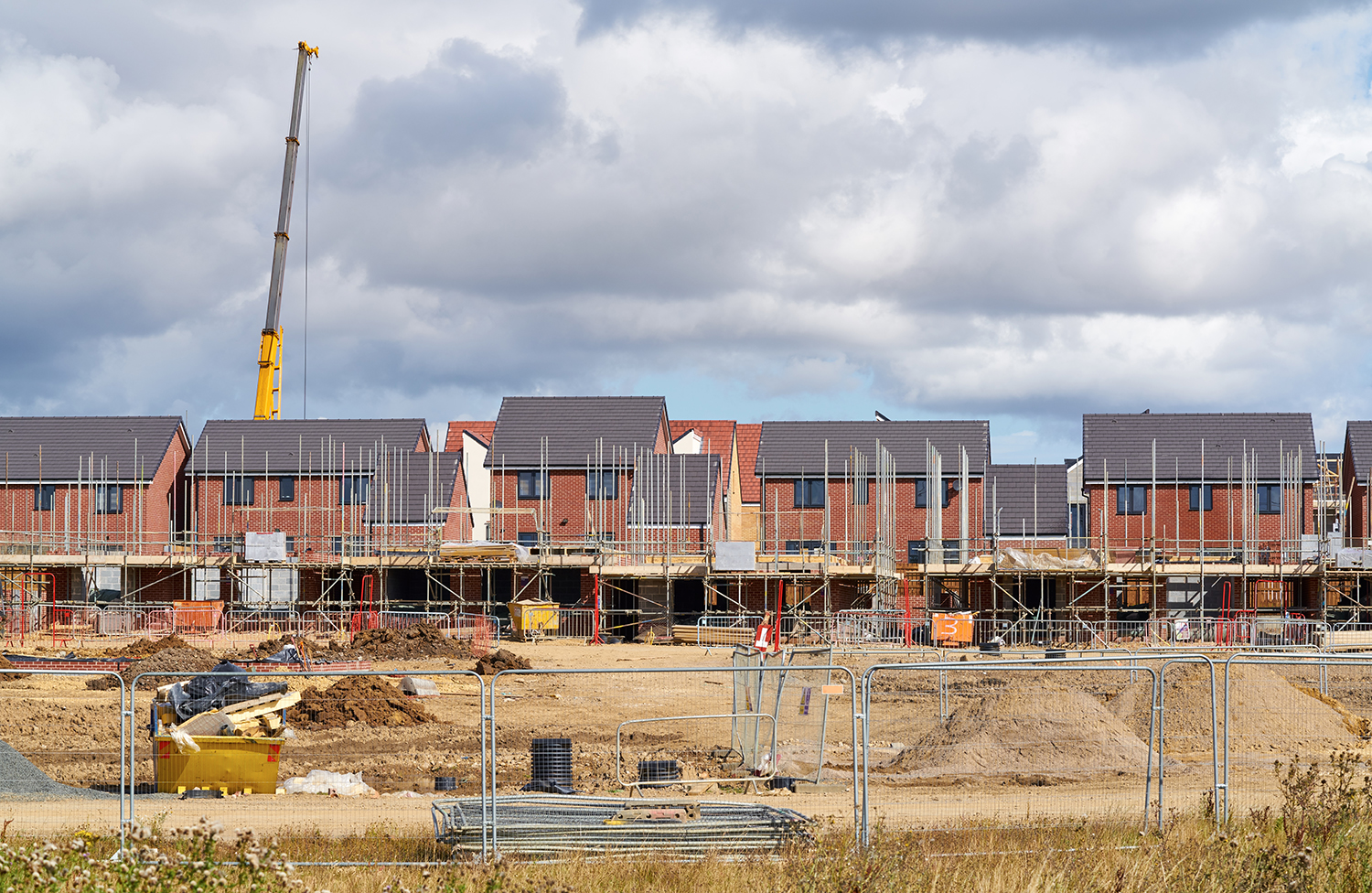The planning process

We’ve heard for some years now – and agree in principle – that the planning system needs adjusting. However uncertainty still surrounds the government’s direction given the multiple changes in top ministers over the summer of 2022.
In an effort to get some pointers and share our concerns, CPRE met with The Rt. Hon Michael Gove MP in November 22 alongside other worried campaigning organisations. Along with the Green Alliance, National Trust, RSPB, Wildlife and Countryside Link, Wildlife Trust and Woodland Trust, we heard that the Department for Levelling Up, Housing and Communities (DLUHC) now has a new guiding acronym. The Housing Secretary introduced ‘BIDEN’ as the new focus – it stands for beauty, infrastructure, democracy, environment and neighbourhood plans.
Clearly this all sounds rather positive but the government’s response to the Planning White Paper and forthcoming Levelling-up Bill will be the real test. Meanwhile we are still working within the old system as outlined below.
The present planning system
All building development is subject to a number of documents that guide what can be built and where it can be built.
At the top sits the government’s National Planning Policy Framework (NPPF). Then comes the local or strategic plan set by the local authority. More recently, many parishes may also have an adopted neighbourhood development plan. All three documents guide development and ensure adequate scrutiny of all planning requests.
It is the local planning authority (LPA) that is responsible for deciding whether a planning application can go ahead.
National Planning Policy Framework (NPPF)
The NPPF sets out the government’s planning policies for England. This provides a balanced set of national planning policies for England covering the economic, social and environmental aspects of development. It provides a framework within which locally-prepared plans for housing and other development can develop.
Read the full document (PDF 596 KB).
The government are in the process of considering revisions to the NPPF. If proposed changes come to fruition, they may alter how the whole process is managed and judged.
Herefordshire’s Local Plan – Core Strategy
The Core Strategy is a key document in the local plan, which provides the strategic planning framework for the county’s future development needs up to 2031. A range of policies sets out how to balance these needs wit social and environmental objectives.
The local plan, in addition to dealing with the use of land, considers how the area functions and how different parts of the county should develop or change in response to key outcomes. Some of these goals are:-
- Deliver more, better quality homes (especially affordable homes) to meet growing needs in this ‘high house price’ compared to ‘average income’ area.
- Deliver improved infrastructure to support economic development and a growing population.
- Promote a thriving local economy with successful city, town and village centres and provide sufficient employment land to meet business needs and provide higher incomes through a wider range of better quality jobs.
- Protect, conserve and enhance valued natural, historic and built environments, including Areas of Outstanding Natural Beauty, special areas of conservation, open spaces as well as the county’s intrinsic attractive character.
- Address issues arising from an ageing population and the reducing younger age population.
- Meet the challenge of climate change and adapt to its impacts, such as increased risk of flooding and air pollution.
- Create places that actively promote and enable healthy lifestyles.
- Achieve sustainable development and reduce reliance on the private car whilst accepting the sparsely populated nature of the area and the difficulty communities have in accessing services.
See the full document of the Herefordshire Local Plan – Core Strategy 2011 – 2031 (PDF 5.75 MB).
Adopted neighbourhood development plan (NDP)
The Localism Act has reformed the planning system to give local people more say in determining planning policy for their local area. The parish council and their advisors will usually initiate a plan in conjunction with the community view.
Producing a neighbourhood development plan will give local people the opportunity to decide the future of the places where they live and work. Each NDP may be different so it is important to find out if your parish has an adopted NDP as this carries much weight when considering planning applications.
CPRE Herefordshire is a statutory consultee for neighbourhood plans at the ‘regulation 14’ stage.
Hereford Area Plan (HAP)
On 9 November 2020, the cabinet member for infrastructure and transport took the decision to agree to update the Herefordshire Local Plan – Core Strategy, following a review of the adopted plan and as a result of the proposals set out in the government White Paper: Planning for the Future.
Therefore, it was agreed that the work on the Hereford Area Plan, Rural Areas Site Allocations Development Plan Document and Bromyard Development Plan Document would stop with effect from 9 November 2022. These documents had not yet reached advanced stages of preparation and to complete the documents would require significant resource over the next two years. Given the proposed changes to the planning system, it was better to stop this preparation to focus on the new local plan, acknowledging that any evidence base and other work undertaken to support these plans be utilised as part of that process.
Work on the update to the Local Plan – Core Strategy is now underway and you can view further details on the Local Plan – Core Strategy page.
When an applicant submits a planning application they need to consider how all the above documents affect what they wish to build. Generally, a professional advisor to the applicant will ensure that all aspects of an application are compliant with legislation. It is then for the local planning authorities to scrutinise the application and consider the advice they are given from statutory consultees and the views received from the public. Once they have considered all the evidence, the LPA will give its formal decision.



